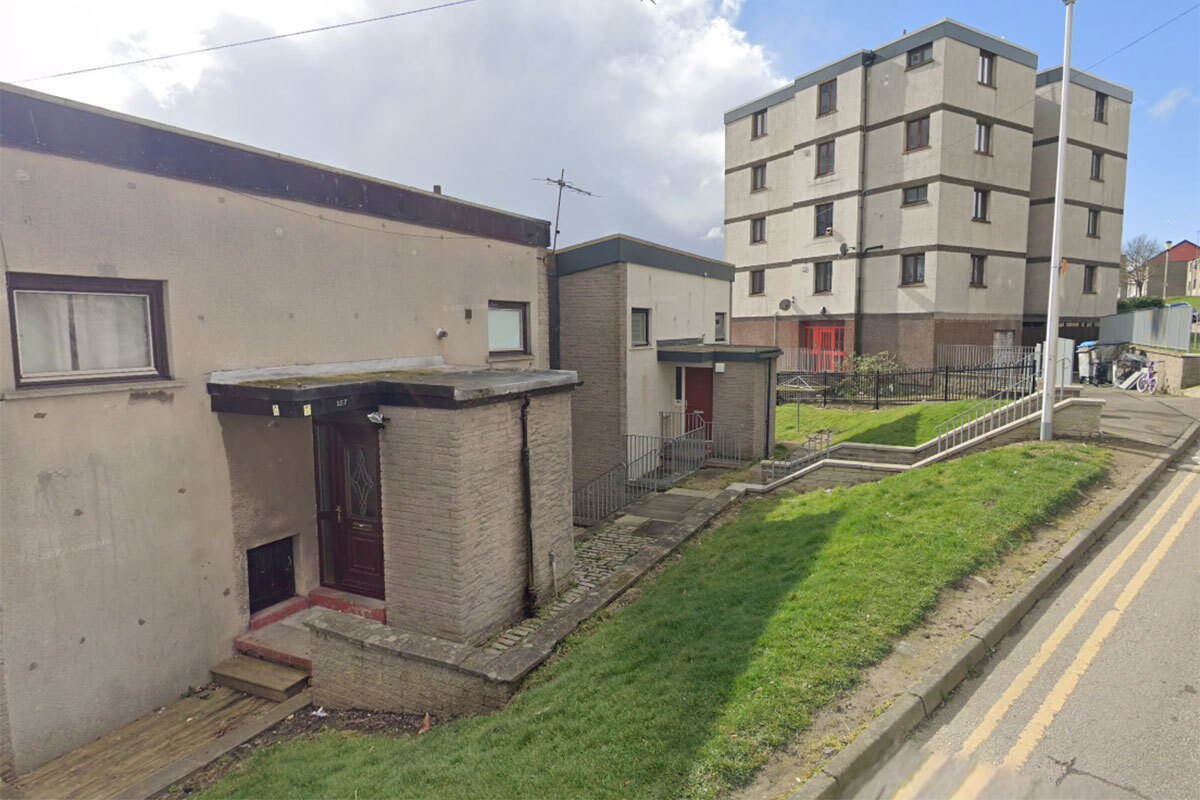You are viewing 1 of your 1 free articles
Hundreds of Aberdeen tenants to be permanently rehoused due to RAAC
Hundreds of Aberdeen council tenants will be moved out of their homes because they contain unsafe reinforced autoclaved aerated concrete (RAAC).
Under the plans, Aberdeen City Council has confirmed that it would set aside an initial £3m to cover the rehousing programme.
Last year, RAAC panels were found in around 500 homes in Aberdeen’s Balnagask area, in the south-east of the city. These included 364 council properties, with 299 occupied by council tenants.
At the end of last month, independent structural engineers issued a report on the RAAC to the council, having examined a representative sample of the properties.
The engineers recommended that council tenants be “relocated to alternative accommodation within the city as soon as possible”.
Council officers are currently “exploring options for the long-term viability for the site”, the city council said. These include remedial works or demolition. A detailed appraisal will be presented to the council within six months.
Councillors accepted a recommendation that tenants be “permanently rehomed”.
Aberdeen’s leaders have asked officers to engage with council tenants to understand their individual needs and to support them through the next steps.
The council hopes the majority of council tenants will be rehomed by the end of the summer, and has written to council tenants, owners and private tenants, inviting them to meet with a housing and support officer in their home.
Miranda Radley, convener of the communities, housing and public protection committee at Aberdeen City Council, told Sky News that the council had offered temporary accommodation to all its tenants.
The council has identified a number of empty properties throughout the city that could house residents affected by RAAC.
Ms Radley added: “This is an incredibly difficult situation for everyone living in a RAAC-affected property, but the council will be doing everything we can to support our tenants during this hugely challenging time.
“These are people’s homes and we need to ensure we support our tenants, but also engage with owners and privately [renting] tenants, to keep them informed on this matter.”
RAAC is a lightweight concrete that was used between the 1950s and 1990s in the floors, walls and roofs of some buildings in Scotland, including residential properties.
Last year, more than 100 English schools either partially or fully closed due to fears over the risk of RAAC, which is weaker than standard concrete and more prone to collapse because of its “bubbly” construction.
In December, the Scottish Housing Regulator revealed that 953 social homes across Scotland are affected by RAAC.
Nine Scottish landlords have since identified RAAC in their housing stock.
Sign up for our Scotland newsletter
Already have an account? Click here to manage your newsletters











